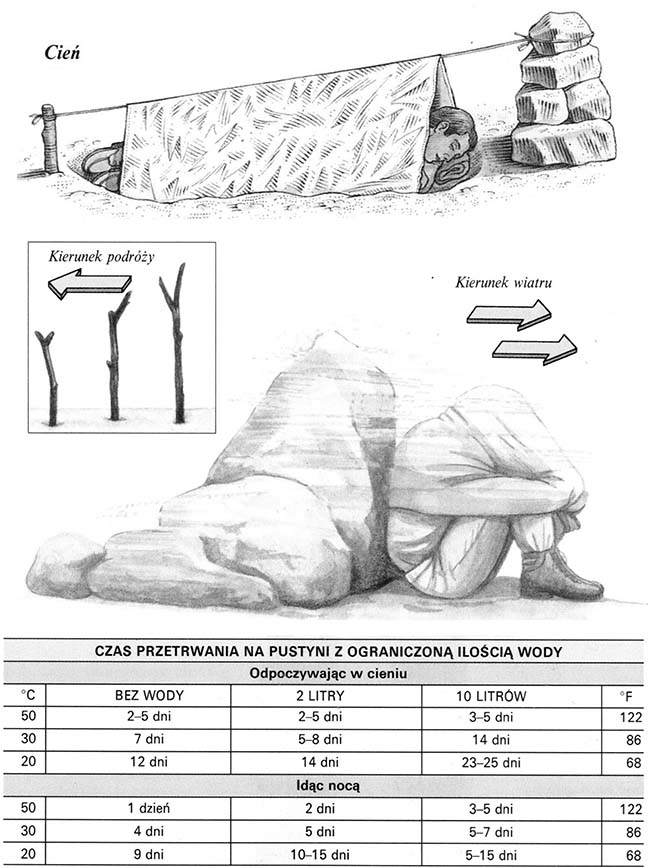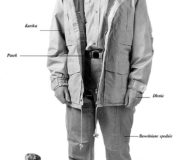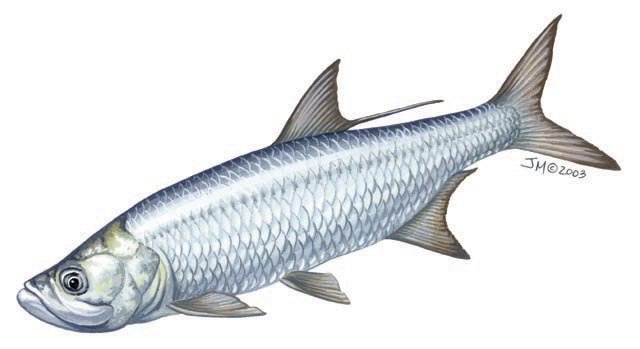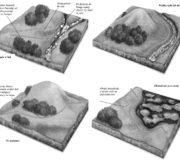Często przyjmuje się, że pustynia to obszar o średniej rocznej opadów poniżej 250 milimetrów. Pustynie na całym świecie różnią się znacznie, zależnie od położenia, ukształtowania powierzchni i strefy klimatycznej, w jakiej występują. Może to być zasłana złomowiskami skalnymi pustynia kamienista bądź bezkresne morze piasków z wydmami. Na pustyni mogą wznosić się skaliste wzgórza, lub porastać ją z rzadka kępy kolczastej roślinności, może też być ona płaskim, jednostajnie martwym szmatem ziemi.
RODZAJE PUSTYNI
Pustynia skalista.
Jej powierzchnię stanowią poziome, lite skały, które były przed tysiącami lat dnami mórz. Te występujące w różnych rejonach świata pustynie są bardzo niegościnne, brak tam jakiegokolwiek schronienia i wieją silne wiatry.
Pustynia z kaktusami.
Na niektórych pustyniach występują specjalnie przystosowane do tych warunków rośliny, takie jak kaktusy, które potrafią magazynować wodę. Spotykamy je w obu Amerykach, Australii i Azji.
Erg.
To rozległa gorąca pustynia piaszczysta z charakterystycznymi wydmami i barchanami (wydmy w kształcie rogalika). Takie pustynie zajmują znaczne obszary Afryki północnej, Australii i Azji.
Półpustynia.
Na tych obszarach rosną kępy suchorostów i krzaki, ale jest tam zbyt sucho, by mogła być trawa. Występują w strefie umiarkowanej. Spotyka się je też w obu Amerykach, środkowej Azji oraz Australii.
Ochrona w czasie burzy piaskowej.
1. Burze piaskowe są bardzo dokuczliwe, potrafią w mgnieniu oka zmienić wygląd pustyni. Dlatego należy zaznaczać kierunek podróży patykami lub kamieniami.
2. Staraj się znaleźć jakiekolwiek schronienie przed wiatrem. Zasłoń całkowicie twarz i szyję. Spokojnie czekaj na koniec burzy. W drogę ruszaj dopiero jak wiatr całkiem ucichnie.
Jeśli przyjdzie nam podróżować przez pustynię w poszukiwaniu wody lub miejsca, w którym można liczyć na ratunek, należy iść wyłącznie nocą i, o ile to możliwe, przy świetle księżyca. W pozbawionym punktów orientacyjnych pustkowiu niesłychanie trudno właściwie wytyczyć kierunek, znaleźć oazę.
Cień
Na pustyni można uzyskać trochę cienia rozwieszając na kawałku sznurka śpiwór lub koc. Sznurek przymocowuje się do wbitych w ziemię patyków lub usypanych w kopczyk kamieni. W piasku trzeba wykopać zagłębienie, aby można było wślizgnąć się pod koc.
Jak długo wytrzymie człowiek bez wody?
Człowiek potrzebuje 4-5 litrów wody dziennie, aby mógł bez narażania organizmu na wycieńczenie wędrować pieszo. Na pustyni za wszelką cenę należy unikać strat wody, dlatego jakikolwiek wysiłek fizyczny powinno podejmować się nocą, aby jak najmniej się pocić. Człowiek przy temperaturze 50° C bez pitnej wody jest w stanie przeżyć najwyżej pięć dni, nic nie robiąc, jedynie odpoczywając w cieniu. Ten czas skraca się o połowę, jeśli idziesz, nawet nocą. Dlatego też będąc na pustyni powinieneś zawsze dobrze się zastanowić, zanim wykonasz jakiś ruch lub podejmiesz wysiłek, chyba że masz duże zapasy wody.










